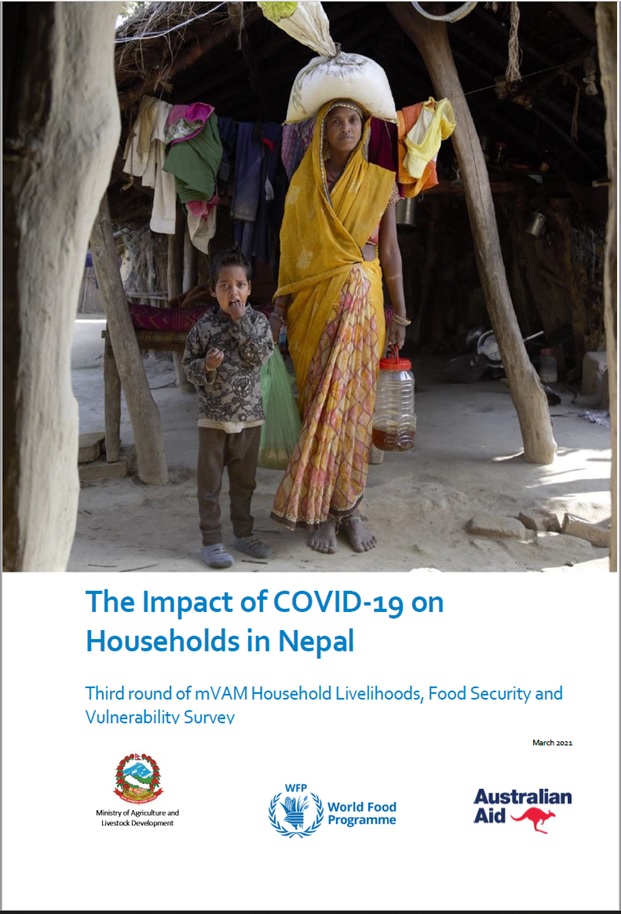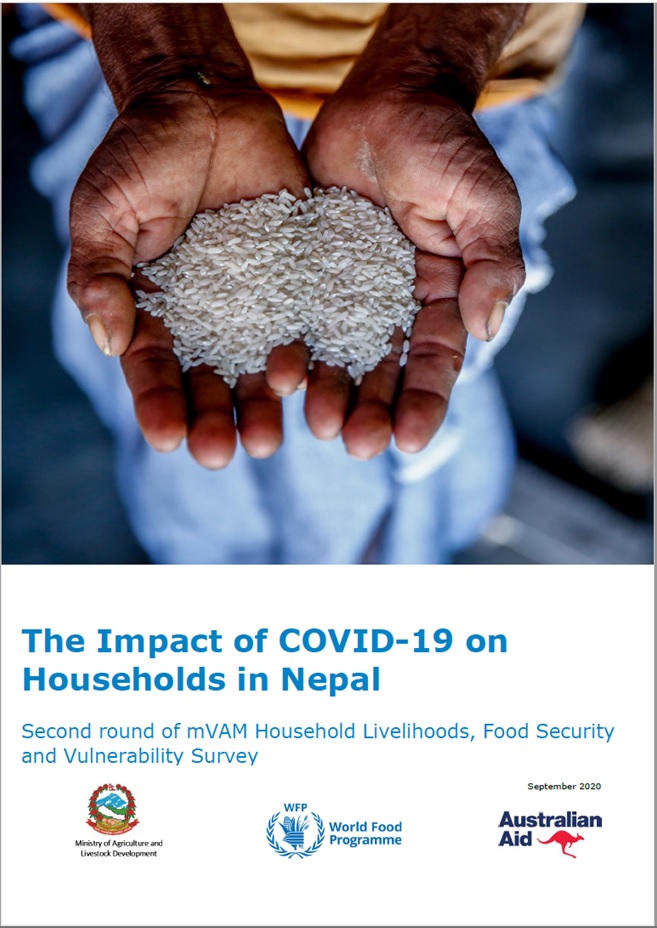Special Report Food Security Assessment Mission to Nepal
• The Mission assessed the 2007 wheat as well as barley (minor crop) production, which were being
harvested in many parts of the country in March and April. Wheat production increased by more than 7 percent due to favourable weather conditions and extra efforts made by farmers and government.
• Prolonged dry spells and floods in 2006 caused a significant reduction in rice production (Nepal’s
main cereal crop). National rice production decreased by 13 percent, and in some districts of the
Eastern and Central regions reduction was from 20 percent to 50 percent.
• Total cereal output (including potatoes in cereal equivalent) in 2006/07 (November/October) is
estimated at 6.35 million tonnes, 3.4 percent below the previous year. Total cereal deficit (including potatoes in cereal equivalent) in 2006/07 is estimated at 225 000 tonnes, compared to 23 000 tonnes in the previous year. A total of 42 out of the 75 districts are estimated to be food-deficit in 2006/07.
• With commercial imports (formal and informal) anticipated at 110 600 tonnes to cover some of the deficits in the urban areas and in the districts of the Terai, the food aid requirement is estimated at 114 4000 tonnes, including 1 400 tonnes in the Western Mountains, 19 200 tonnes in the Mid- Western Mountains, 31 000 tonnes in the Far-Western Mountains, and 62 800 tonnes in the Far-Western Hills. With food aid anticipated from the Nepal Food Corporation (NFC) and WFP at 101 800tonnes, there remains an uncovered deficit of around 12 600 tonnes.
News & Events
- Brief on the Food Security Situation in Nepal (Mid-July to mid-November 2017)
- Launch of Food Security Information System for Nepal
- Second Advance Estimate of 2016/17 Wheat Production in Nepal using CRAFT
- Brief on the food security situation in Nepal (Mid November 2016 to Mid March 2017)
- Updated NeKSAP guidance on food security response analysis and district food security monitoring

